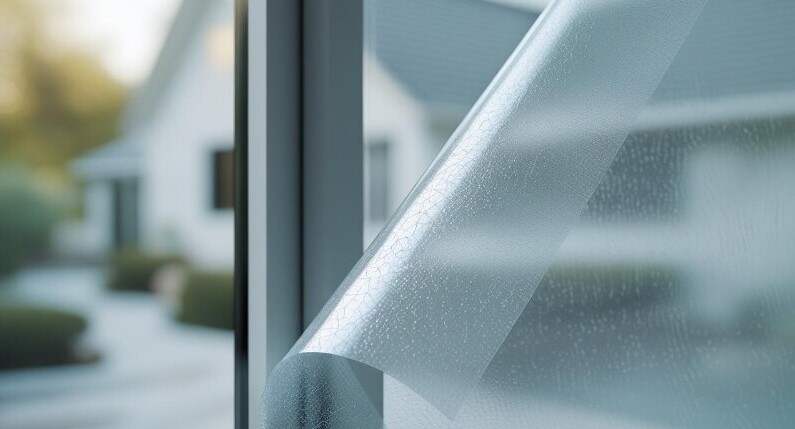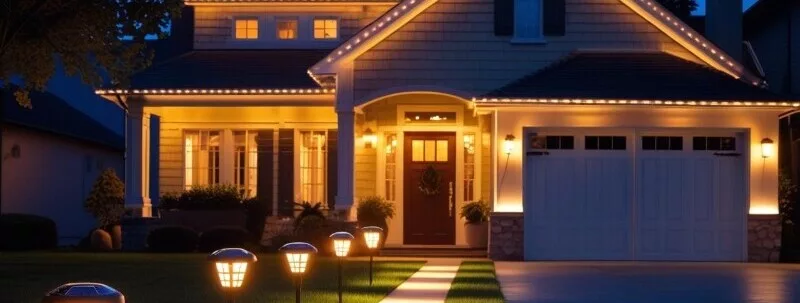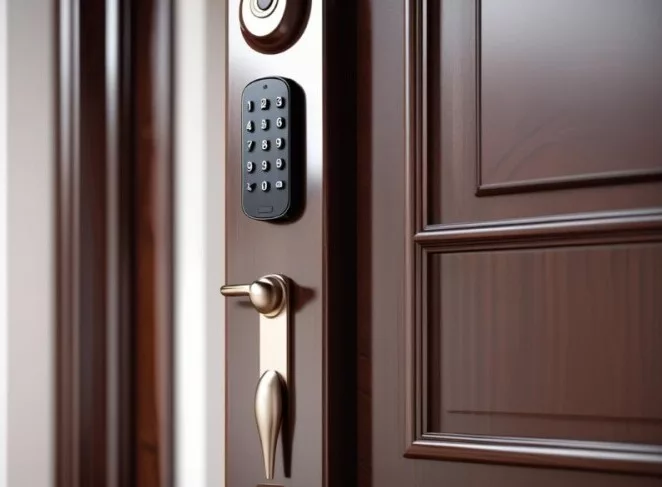Table of Contents

Home security isn’t just about locking doors or installing alarms. It’s a comprehensive approach blending physical barriers, psychological peace of mind, and preventive measures to create a secure environment. This foundation impacts everything from daily engagement to long-term health and safety strategies.
A secure home brings psychological benefits that extend beyond just feeling safe. There’s an undeniable peace of mind knowing your home—your sanctuary—is well-protected. This peace influences everything from stress levels to family morale, making security a worthwhile investment.
It’s easy to underestimate the threat of home invasions until looking at the statistics. There are intrusions happening every few seconds around the world making it clear why preventive steps are invaluable. Stopping a break-in before it starts not only protects your property but preserves your mental well-being too.
Thinking of home security in terms of layers can offer a powerful advantage. These layers, from initial deterrence like visible cameras or signs to physical barricades like locks, work together to dissuade trespassers. It’s about creating enough friction that an opportunistic burglar moves on to an easier target.

Developing a holistic security plan for your home means evaluating strengths and weaknesses in your current setup. Knowledge is power, and understanding the potential entry points and common shortcomings in home security allows you to address them proactively. With this foundation, it’s much easier to build an impenetrable shield around your home.
Strengthen Entry Points: Doors, Windows, and Locks

Entry points are often the primary focus for anyone looking to enhance home security. These are critical areas that, if left vulnerable, can become easy targets. With just a few strategic upgrades, you can turn these potential weaknesses into robust defenses.
Choosing the right kind of door is a crucial first step. Look for solid-core doors made from materials like metal or hardwood. Reinforcing the door frame with a longer metal strike plate can also prevent forced entries. It’s these small changes that pack a big punch when it comes to increasing security.
Deadbolts are another essential upgrade. Opt for a high-quality deadbolt with a longer throw bolt for added security. They give one of the best returns on investment in terms of peace of mind and actual safety. These are straightforward to install, making it a perfect weekend project.
Windows can be a bit trickier, but they’re just as important. Installing shatterproof films can make a world of difference. This kind of film doesn’t prevent breaking entirely but strengthens the glass against impact, making entry more time-consuming and, in turn, a less appealing target for intruders.
It’s worth considering simple additions like peepholes or door chains, though often overlooked, these provide added layers of convenience and security. It’s all about turning your entryways into tough, reliable barriers to anyone who shouldn’t be there.
Illuminate Your Defenses: Lighting and Visibility

A well-lit property is often the simplest yet most effective deterrent against potential intruders. Lighting increases the risk of being seen for any would-be trespasser, which, more often than not, is enough to dissuade them from targeting your home.
Strategic placement of outdoor lighting can make all the difference. Focus on entrance points and areas that offer coverage, like corners or dark walkways. Motion sensor lights are particularly handy, kicking on only when movement is detected. These surprise elements can make lurking in the shadows a daunting prospect.
Outdoor lighting doesn’t have to mean inflating your electricity bill. Solar-powered lights are an eco-friendly and cost-effective solution. They charge during the day and provide consistent nighttime illumination, offering security without the ongoing expense of traditional electric lights.
Combining security with aesthetics is possible, too. Using lights to highlight paths or garden features helps maintain your home’s charm while keeping safety at the forefront. Installing LED lights along pathways or driveways not only looks great but also leaves nowhere for someone to hide.
Remember, the goal is to eliminate as many hiding spots as possible. With thoughtful placement and the use of technology, your home can be both a welcoming and secure place. Visibility is critical, and good lighting ensures there’s no room for unwanted guests to lurk unseen.
Leverage Technology: Smart Solutions for Modern Security

Today’s technology offers DIY enthusiasts the opportunity to heighten home security with less hassle. Smart home security systems are increasingly user-friendly and adaptable, making them an ideal solution for modern households.(See Article on Smart Home Technology)
Smart locks bring a new level of convenience and security. They eliminate the need for traditional keys, offering features like temporary codes for guests and automatic locks. The installation process is surprisingly straightforward—often requiring just a screwdriver and a few minutes.
Cameras and alarms are indispensable in today’s security setups. Modern cameras often come equipped with features like night vision, two-way audio, and cloud storage. Even basic models can provide crucial evidence and deter crime. Wireless options make setup a breeze, removing the need for extensive wiring.
Subscription-based security services present another option worth exploring. These typically provide professional monitoring and immediate response services, adding another layer of protection. However, it’s essential to balance cost and utility to ensure they fit the needs of your household.
Integrating these technological advancements should enhance your daily life, not complicate it. Some systems can be controlled through apps, allowing you to monitor your home irrespective of your location. The key is selecting products that integrate seamlessly, enhancing security while fitting into your lifestyle.
Create a Community: Neighbors, Innovations, and Awareness

A secure home is strong when supported by a secure community. Building relationships with your neighbors creates an informal but effective network of vigilance and support. These connections can be crucial during emergencies or when suspicions arise, offering collective security that extends beyond individual efforts.
Engaging in a local neighborhood watch program can amplify this sense of community. It’s a proactive step encouraging communication and cooperation among neighbors, providing an early warning system that benefits everyone involved.
Educating those in your household about emergency procedures and security basics is equally important. Ensure everyone knows how to operate security systems, recognize potential threats, and respond accordingly. Regular family drills can reinforce these procedures, making them second nature during actual events.
Many innovative, low-cost security enhancements can be implemented with neighborhood cooperation. Ideas like community lighting projects or pooled resources for shared surveillance cameras can enhance safety for everyone.
Security trends are continually evolving, making it crucial to stay informed. Regularly review your security measures, adapt to new threats, and consider adopting emerging technologies and methods that align with your security strategy.

Thanks for sharing this comprehensive approach to home security. Peace of mind around having a secure environment is essential to one’s overall well-being, It eliminates a lot of stress and worry. I see how creating a holistic security plan requires awareness of both strengths and weaknesses to establish a solid foundation and address challenges as they arise. You have covered all the essential areas and the importance of building relationships with neighbors and community members. I appreciate this practical content.
Security is evolving fast here in Australia — it’s not just opportunistic theft anymore, but complex risks that demand a smarter response. Forget simple theft – people are worried about things like home-invasion. What I like about this article is how it blends the physical, digital, and social layers of protection. The classic deterrents like locks? Still essential. But the real impact comes when you layer in smart sensors, edge-connected cams, and IoT-triggered alerts — all processing locally to cut lag and boost responsiveness. This is an area I have spent a lot of time on personally. Add to that the human layer — neighbours as ‘real-time signal relays’ — and you’ve got a security stack that’s resilient, responsive, and future-ready.
Great to see practical content with real depth of thought.